Sunlight reaching the Earth's surface unmodified by any radiative transfer processes in the atmosphere is termed direct solar radiation.
Solar radiation that reaches the Earth's surface after it was altered by a scattering process is called diffused solar radiation.
Some of the direct and diffused radiation received at the Earth's surface is redirected back into the atmosphere by reflection. Some is absorbed and re-emitted at longer wavelengths.

Fig 2.2.3.1: Radiation interactions at the surface of the Earth
Image: AT2-ELS
Reflectance and albedo
The measure of reflection is known as reflectance, reflectivity or albedo. The term albedo is sometimes restricted to reflectance at visible wavelengths.
Reflectance is defined as the ratio of the amount of energy reflected by an object to the amount incident upon it and has the symbol J. It is given as either a percent value (0..100%) or a factor (0..1), where 0 represents complete absorption of incident light and 1 (or 100%) complete reflection.
The planetary albedo of the Earth is the average ratio of reflected light from the Earth (including clouds). It is aproximately 30%.
Surface albedo
The reflectivity of the Earth's surface is often described by the term surface albedo. The surface albedo at any point depends on the nature of the material on the surface.
Some characteristic reflectances of some common types of surface material and clouds at visible wavelengths are given in the following table. All values are approximate.
| Surface type | Surface | Reflectance % |
| Water | water (high solar angle) | 2..10 |
| water (low solar angle) | 10..100 | |
| Cloud | cirrus | 15..20 |
| stratus (150 m thick) | 30 | |
| stratus (150..300 m) | 60 | |
| stratus (300..600 m) | 70 | |
| stratocumulus | 35..80 | |
| subtropical cumulus | 40..45 | |
| cirrostratus | 45..60 | |
| nimbostratus | 65..70 | |
| Urban features | blacktop road | 5..10 |
| cities | 15..20 | |
| Vegetation | coniferous forest | 5..15 |
| deciduous forest | 10..20 | |
| rain forest | 12 | |
| tundra | 15..20 | |
| green crops | 15..25 | |
| grassland | 15..25 | |
| wet dark soil | 8 | |
| dry dark soil | 13 | |
| sand/desert | 20..35 | |
| Snow and ice | fresh snow | 75..95 |
| old snow | 40..60 | |
| glacier ice | 20..40 | |
| sea ice | 30..40 |
A number of factors are important in the determination of reflectance:
- Geometric reflections, including sea glint;
- the Lambertian albedo;
- spectral reflectance;
- directional reflectance.
These factors are discussed in the following sections.
Geometric reflections
These are reflections from direct sunlight — for example, reflections from water or ice — and as such are highly directional. Geometric reflections from broken surfaces are known as sea glint.
The Lambertian albedo
In the Lambertian reflection the intensity of the reflected radiation is by definition independent of direction of the incident radiation. Lambertian albedo refers to diffuse reflectance from a matte surface such as a sheet of paper.
Such a surface is called a Lambertian surface (or reflector) because its reflectance obeys Lambert's Cosine Law:
J = J0 cos(Φ)
That is, the radiant flux per unit solid angle in any direction from an element of a perfectly diffusing surface varies as the cosine of the angle between that direction and the normal of the surface.
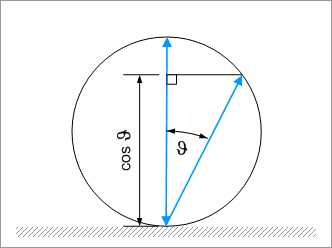
Fig 2.2.3.2: The Lambert Cosine Law
Image: AT2-ELS
The radiant flux of a Lambertian surface is isotropic, that is, when an area on the surface is viewed from any angle, it has the same radiance. Although the radiant flux from the area is reduced by the cosine of the viewing angle, the solid angle of the area — that is, its perceived size — is also reduced by the cosine of the viewing angle, which in turn means that its radiance (radiant flux per unit of solid angle) stays the same.
An example of a non-Lambertian surface would be a liquid crystal display.
Spectral reflectance (or spectral albedo)
Albedo is usually a function of wavelength, for example water is blue, sand is yellow.
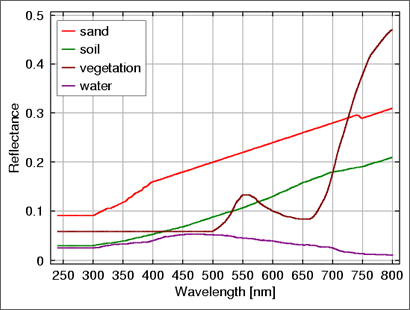
Fig 2.2.3.3: Examples of spectral albedo
Image: R. Guzzi et al.
The spectral albedo
- is a characteristic of the surface type (different colours);
- changes with season;
- changes with vegetation;
- is usually rather small in the UV — typically a few percent — with the exception of snow and ice.
Directional reflectance
Surface reflectance can also be directional, that is, it can vary with the viewing angle. Directional reflectance is the opposite effect to the non-directional Lambertian albedo, and is described by the Bidirectional Reflectance Distribution Function, BRDF.
The BRDF describes the angular distribution of reflected solar radiation as a function of viewing direction. Different surfaces reflect in different directional patterns.
- Snow and sea-ice are near-Lambertian surfaces without significantly directional reflection.
- Oceans have a strong reflection in the forward, solar, direction.
- Many vegetation surfaces have a zone of stronger reflection backwards in the antisolar direction, known as the 'hot spot'.
- Clouds have a strong reflection in the solar direction, but also a noticeable 'glory' in the antisolar direction as well as refracted, rainbow reflectance patterns.
The BRDF depends on wavelength and structural and optical properties of the surface, such as shadow-casting, multiple scattering, mutual shadowing, transmission, reflection, absorption, emission, facet orientation, facet distribution and facet density.
The following image presents an example of the effects of BRDF for different surfaces, and were taken by the aircraft-borne Cloud Absorption Radiometer (CAR) of the University of Washington.
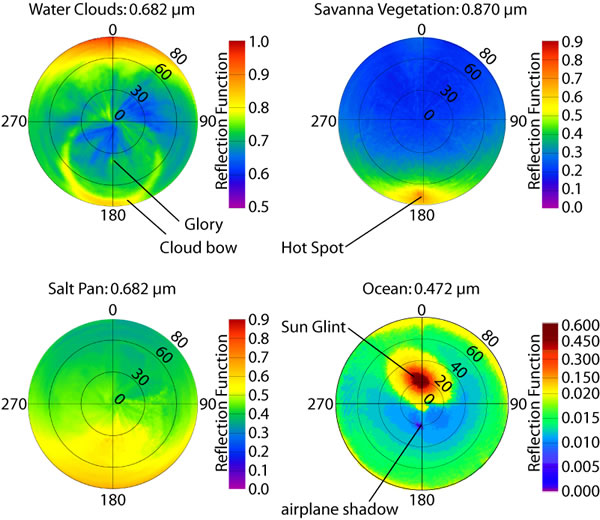
Fig 2.2.3.4: BRDF for different surface features
In these images the viewing zenith angle is represented as the radial distance from the center, and azimuth as the length of arc on the respective zenith circle. The principal plane resides in the 0-180° azimuthal plane with the sun located in the 180° azimuthal direction. With this definition, the upper half circle represents forward scattering and the lower half circle back scattering.
Image courtesy of Goddard Space Flight Center
In the above image:
- The cloud BRDF shows a glory at approximately 34° that coincides with the antisolar direction, and the cloud bow.
- The savanna BRDF shows a pronounced hotspot at approximately 68° that coincides with the antisolar direction.
- The salt pan BRDF is more enhanced in the backward relative to the forward scattering direction with no visible hotspot.
- The ocean BRDF shows sunglint pattern in the forward direction and an aircraft shadow appears in the backscattering direction at 20° that coincides with the antisolar direction.
BRDF effects can be easily observed at ground level, as the following images show.
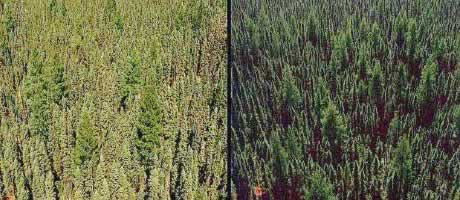
Fig 2.2.3.5: Black spruce forest in Canada.
Left: backscattering (sun behind observer), note the bright region (hotspot)
where all shadows are hidden.
Right: forwardscattering (sun opposite observer), note the shadowed centers of
trees and transmission of light through the edges of the canopies.
This and the following images originated from the Parabola project at the Goddard Space Flight Center. Photographs by Don Deering

Fig 2.2.3.6: A soybean field.
Left: backscattering (sun behind observer).
Right: forwardscattering (sun opposite observer), note the specular reflection
of the leaves.
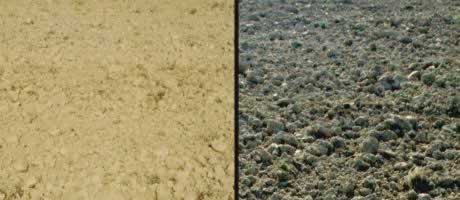
Fig 2.2.2.7:A barren field with rough surface
Left: backscattering (sun behind observer), note the bright region (hotspot)
where all shadows are hidden.
Right: forwardscattering (sun opposite observer), note the specular reflection.